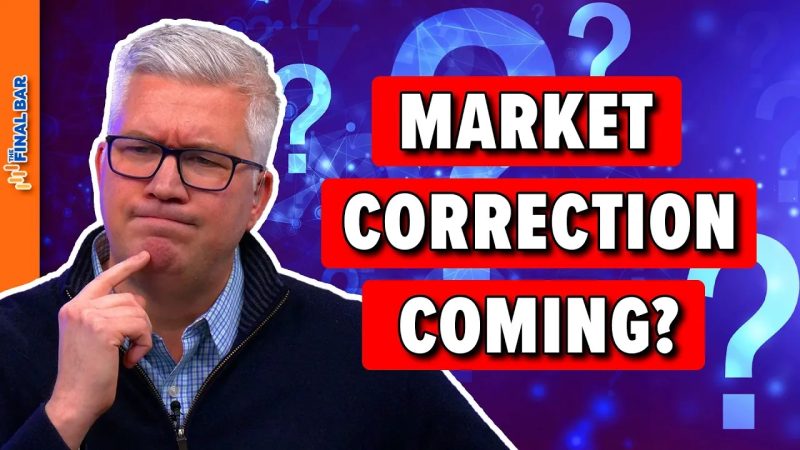In the dynamic world of finance, the VIX index, often referred to as the fear gauge or fear index, plays a crucial role in providing insights into market volatility. Recent spikes in the VIX have sparked concern among investors and analysts, prompting questions about the potential for a looming market correction.
The VIX index, short for the CBOE Volatility Index, is a popular measure of the market’s expectation of volatility over the next 30 days. It is calculated using the prices of S&P 500 index options and is considered a key indicator of investor sentiment and risk appetite. When the VIX spikes, it typically signals an increase in market uncertainty and fear among investors.
The recent spikes in the VIX have raised eyebrows in the financial world, with many speculating on the possibility of a market correction on the horizon. While a spike in the VIX can indeed precede a market downturn, it is essential to understand the nuances of market volatility and not jump to hasty conclusions.
It is crucial to note that the VIX is just one of many indicators used by analysts to gauge market sentiment and risk. While a spike in the VIX may indicate a higher level of fear in the market, it does not guarantee an impending market correction. Market corrections are a natural part of the market cycle and can occur due to various factors, including economic indicators, geopolitical events, or shifts in investor sentiment.
Investors should exercise caution when interpreting the VIX and not make hasty decisions based solely on its movements. It is essential to consider a comprehensive range of factors, such as macroeconomic trends, company fundamentals, and global events, to make informed investment decisions.
Moreover, market corrections can present buying opportunities for savvy investors who are prepared to capitalize on temporary market downturns. Instead of panicking during periods of heightened volatility, investors can use market corrections to reassess their investment strategies, identify undervalued assets, and potentially generate long-term returns.
In conclusion, while spikes in the VIX may indicate increased market volatility and uncertainty, they do not necessarily signal an impending market correction. Investors should approach market volatility with a level head, conduct thorough research, and make informed decisions based on a holistic view of the market landscape. By staying informed and proactive, investors can navigate market fluctuations and position themselves for long-term success in the ever-evolving world of finance.

